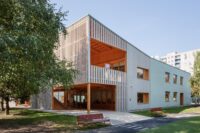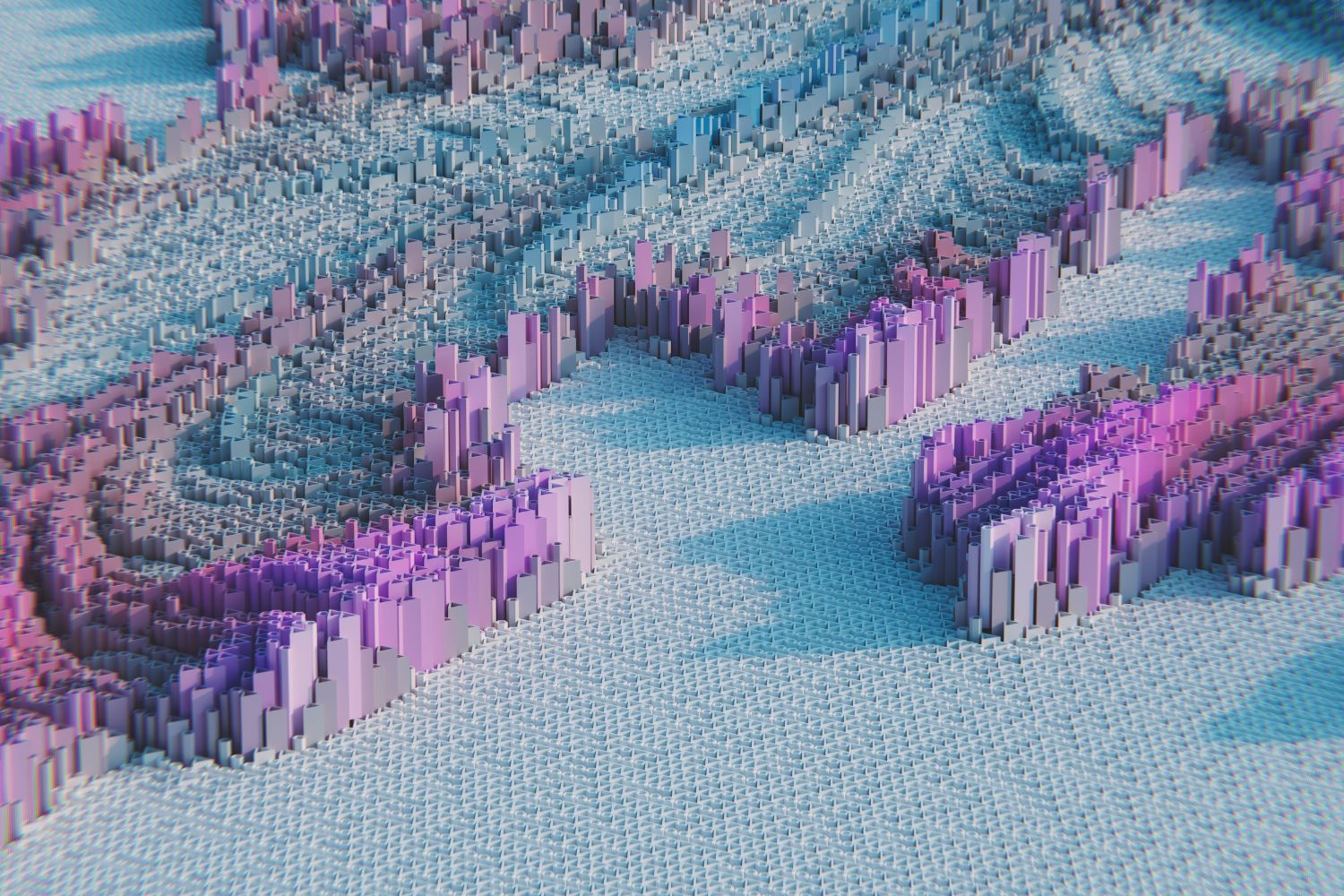- Home
- Articles
- Architectural Portfolio
- Architectral Presentation
- Inspirational Stories
- Architecture News
- Visualization
- BIM Industry
- Facade Design
- Parametric Design
- Career
- Landscape Architecture
- Construction
- Artificial Intelligence
- Sketching
- Design Softwares
- Diagrams
- Writing
- Architectural Tips
- Sustainability
- Courses
- Concept
- Technology
- History & Heritage
- Future of Architecture
- Guides & How-To
- Art & Culture
- Projects
- Interior Design
- Competitions
- Jobs
- Store
- Tools
- More
- Home
- Articles
- Architectural Portfolio
- Architectral Presentation
- Inspirational Stories
- Architecture News
- Visualization
- BIM Industry
- Facade Design
- Parametric Design
- Career
- Landscape Architecture
- Construction
- Artificial Intelligence
- Sketching
- Design Softwares
- Diagrams
- Writing
- Architectural Tips
- Sustainability
- Courses
- Concept
- Technology
- History & Heritage
- Future of Architecture
- Guides & How-To
- Art & Culture
- Projects
- Interior Design
- Competitions
- Jobs
- Store
- Tools
- More
Architecture in the Metaverse: What You Need to Know for a Digital Revolution
Explore the transformative world of architecture in the metaverse, where virtual environments expand creative possibilities beyond physical boundaries. Discover how architects are leveraging AR, VR, and blockchain to design innovative, interactive spaces like never before.

As we step into the digital age, the metaverse emerges as a groundbreaking frontier, reshaping how we perceive and interact with virtual spaces. This new realm offers endless possibilities for architects and designers to create immersive environments that transcend the limitations of physical reality. The metaverse isn’t just a digital playground; it’s a canvas for innovation, where architecture plays a pivotal role in crafting experiences that captivate and inspire.
Table of Contents
ToggleUnderstanding the Metaverse
The metaverse represents a digital universe integrating augmented reality (AR), virtual reality (VR), and the internet. In this expansive space, users interact as avatars within a computer-generated environment. It’s accessible via various devices, including VR headsets and computers, offering real-time experiences.
In the metaverse, architectural design exceeds physical constraints. Structures aren’t bound by gravity or traditional materials. This freedom encourages architects to experiment with new forms and functionalities. We explore innovative designs, such as floating buildings and dynamic spaces that transform.
Several platforms, like Decentraland and The Sandbox, act as metaverse landscapes. Here, users purchase virtual land and construct unique environments. These platforms provide tools for creating and sharing personalized spaces, empowering users to bring their architectural visions to life.
Understanding the potential of the metaverse requires us to consider its technical and creative aspects. It’s vital to grasp the technologies driving this evolution, including blockchain for land ownership and AI for environment enhancement. By doing so, we gain insights into emerging metaverse trends and opportunities for architects.

The Role of Architecture in the Metaverse
Architecture in the metaverse serves as a fundamental pillar for creating meaningful and engaging virtual experiences. It provides the framework necessary for constructing environments that resonate with users. By leveraging architectural principles, we craft virtual spaces that offer unique interactions and emotional responses, going beyond mere aesthetics.
Virtual landscapes allow architects to push the boundaries of creativity. In these environments, we can design structures that defy gravity, morph shapes, or even transform spaces in real-time. Unlike physical architecture, metaverse architecture isn’t restricted by materials or location, and this freedom opens up limitless possibilities for innovation.
Interactivity is another crucial aspect. Through the use of AR and VR technologies, we enable users to move through spaces in ways that would be impossible in the physical world. This interactive capability allows us to design experiences rather than just static buildings, reshaping how we perceive architecture itself.
The economic implications are significant as well. In platforms like Decentraland, architectural design generates value by allowing users to monetize their creations. The ability to sell or rent virtual properties introduces a new economy, driven by creativity and technological expertise.
Furthermore, architecture enhances social interaction within the metaverse. By designing shared virtual spaces, we create environments where communities can gather, collaborate, and innovate. These spaces foster connection and engagement, highlighting architecture’s role in building a communal digital ecosystem.

Key Principles of Virtual Architecture
Virtual architecture in the metaverse adapts key principles from the physical realm to create engaging and interactive environments. These principles ensure virtual spaces are not only visually appealing but also practical and inclusive.
Immersive Design
Immersive design forms the backbone of virtual architecture, aiming to create spaces that draw users deeply into their experiences. By leveraging advanced graphics and soundscapes, designers craft environments that captivate the senses. For example, realistic visual textures and dynamic audio elements offer users an engaging experience, making the virtual world feel tangible and alive. This approach adds value by enhancing user interaction and emotional connection.
Functionality and Accessibility
Functionality and accessibility ensure that virtual spaces cater to diverse user needs and abilities. Designs in the metaverse prioritize intuitive navigation and adaptability, embedding features like customizable environments and responsive interfaces. Consider virtual offices with layouts that adjust to individual accessibility preferences, such as voice command functionalities for hands-free interaction. This not only enhances usability but also fosters inclusivity, making the metaverse a welcoming space for all users.
Innovation and Aesthetics
Innovation and aesthetics merge in the metaverse, pushing the boundaries of creative expression. Architects experiment with forms and structures unattainable in the physical world, like gravity-defying towers and morphing landscapes. These elements offer visually striking experiences while maintaining functionality. By prioritizing both innovative designs and aesthetic appeal, virtual architecture provides spaces that are both inspiring and practical, enhancing user engagement and exploration within the metaverse.

Tools and Technologies for Metaverse Architecture
Tools and technologies in the metaverse enable architects to create virtual environments that are both innovative and functional. These tools cover VR and AR applications and specialized building platforms.
Virtual Reality and Augmented Reality
VR and AR play a pivotal role in the metaverse by facilitating immersive architectural environments. With VR headsets like Oculus Rift and HTC Vive, users can explore virtual spaces as if they were physical, examining architectural details from different angles. AR applications, such as Microsoft HoloLens, enhance real-world views with digital overlays, allowing architects to visualize designs in situ and make adjustments in real time. These technologies bridge the gap between virtual and real-world design by offering tools for detailed visualization and interaction.
Building Platforms and Software
Specialized platforms and software streamline the design and creation of metaverse environments. Decentraland and The Sandbox enable architects to purchase land and construct unique digital structures. For modeling, tools like Unity and Unreal Engine offer advanced 3D rendering capabilities and dynamic environmental features, allowing intricate detail and customization. Software such as Blender provides versatile design options with photorealistic textures, fostering creativity without physical limitations. These platforms and tools form the backbone of metaverse architecture, enabling architects to push beyond conventional design boundaries.
Challenges in Metaverse Architectural Design
Designing in the metaverse presents unique challenges that differ significantly from traditional architecture. Understanding these challenges helps architects and designers create more effective virtual spaces.
Technical Limitations
Technical constraints in the metaverse can hinder architectural creativity. Rendering complex graphics in real time demands significant computational power, which can strain devices and limit functionality. Compatible technology must be considered, as high-quality experiences often require advanced hardware that’s not universally accessible. Additionally, ensuring seamless interoperability between various platforms and software can be complex, creating further barriers to unified design and user interaction.
Ethical Considerations
Ethical issues are crucial when creating in the metaverse. Ownership rights for digital land and structures must be clearly defined to prevent disputes and ensure fair usage. Data privacy concerns are paramount, as gathering and handling user data necessitate transparent and secure practices to protect users. Moreover, inclusive design practices must be prioritized to ensure virtual environments are accessible and engaging for all users, regardless of their background or abilities. Balancing these considerations guides us to foster ethical development within this emerging domain.

Future Trends in Metaverse Architecture
Decentralized Design Spaces prove to be a prevailing trend as we delve into metaverse architecture. Platforms like Decentraland demonstrate the shift towards user-owned environments, where individuals create and manage their unique structures. This decentralized model supports greater creativity and fosters a sense of ownership.
AI Integration marks another significant trend. Architects utilize AI to craft adaptive environments that learn and respond to user behavior. This capability enhances personalization, creating spaces that evolve with user preferences and interactions, which in turn increases engagement and satisfaction.
Interoperability between different virtual worlds presents both a challenge and a trend. As users seek seamless transitions between platforms, architects must design adaptable environments compatible with various metaverse systems. This trend encourages collaboration across different architectural and technical disciplines for integration.
AR and VR advancements drive metaverse architecture by allowing architects to blend real-world elements with digital creations. This fusion enriches user experiences and broadens the scope of virtual design. As AR and VR tech becomes more sophisticated, architects gain the tools to craft increasingly immersive environments.
Sustainability emerges as a crucial consideration. Although the metaverse lacks physical constraints, virtual architecture still requires sustainability practices to minimize computing energy usage. Architects focus on optimizing digital resource utilization in line with eco-friendly objectives.
NFT Utilization in ownership and trade of virtual assets leads to innovative design concepts. Non-Fungible Tokens enable unique, tradeable digital properties, urging architects to explore novel forms and functions that attract collectors and users alike.
Social Interaction Spaces continue to grow in importance. As users spend more time in the metaverse, there is an increased demand for virtual spaces that promote community and social engagement. Architects design these environments to facilitate interaction and collaboration, enhancing the sense of community.
These trends illustrate how metaverse architecture is evolving, underlining the importance of adaptability and innovation as architects navigate this dynamic digital frontier.
Conclusion
Understanding the complexities of architecture in the metaverse is essential for navigating this evolving digital space. By embracing innovative tools and technologies, we transform conventional design principles and explore new creative and functional possibilities. The metaverse offers architects opportunities to craft immersive experiences that transcend physical boundaries, pushing the limits of what architecture can achieve. Balancing the exciting potential with ethical considerations ensures a responsible and inclusive approach to this vibrant new dimension. As we continue to advance, the integration of decentralized spaces, AI, and evolving AR and VR technologies will shape the future of metaverse architecture, transforming how we interact with virtual worlds.
- 3D architectural design
- 3D modeling metaverse
- Architects in the metaverse
- Architectural trends metaverse
- Architecture in metaverse
- Digital architecture revolution
- Digital design transformation
- Immersive design architecture
- Innovative digital architecture
- Metaverse Architecture
- Metaverse building design
- metaverse construction
- Metaverse design solutions
- Virtual Reality Architecture
- Virtual reality design
- Virtual world architecture
Submit your architectural projects
Follow these steps for submission your project. Submission FormLatest Posts
10 Interesting Facts About Zaha Hadid
Zaha Hadid was a visionary architect whose fluid forms, bold experimentation, and...
Online 3D Terrain Mapping Tools for Urban and Landscape Design in 2025
A curated guide to the best online 3D terrain mapping tools in...
Common Emergency Repairs Every Homeowner Should Be Ready For
For most of us, when something goes wrong, we have a propensity...
Designing, Retrofitting, and Valuing Non-Standard Homes in Britain
Britain’s housing stock carries a quiet contradiction. From the street, many homes...












Leave a comment